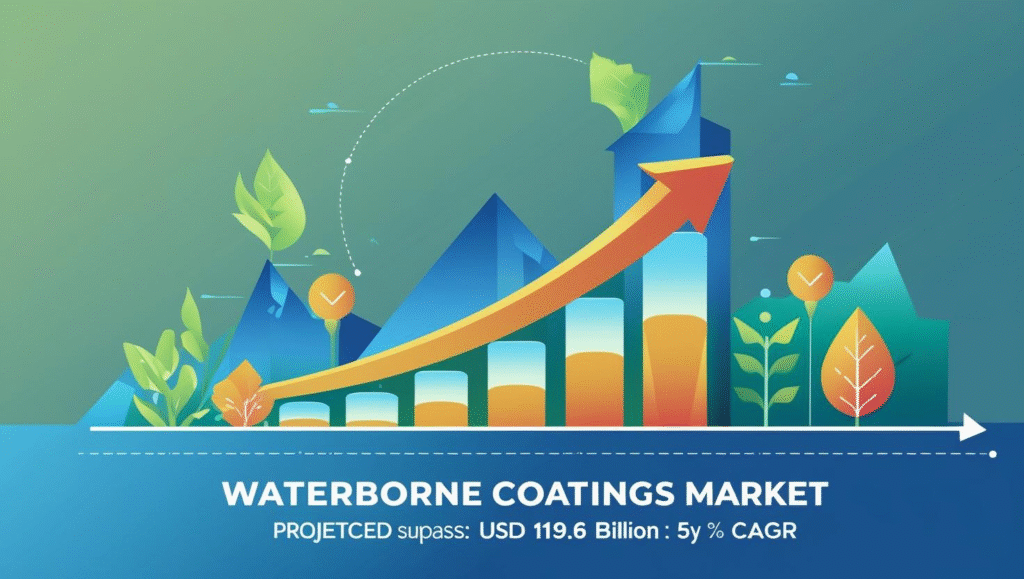
JSW Paints, which is the fast-growing division of the JSW Group led by Sajjan Jindal, is set to take a 74.7% equity stake in AkzoNobel India, the manufacturer of Dulux paints, in a deal worth around ₹10,000 crore, a May 2025 BW Marketing World report claims.
The acquisition, which values AkzoNobel India at ₹12,500–13,000 crore, represents a strategic transition for JSW into India’s ₹65,000 crore decorative and industrial paint market, making it the fourth-largest player in decorative paints and the second in industrial coatings.
For India’s USD 3.5 trillion economy, the acquisition represents strong industry consolidation, although MSME integration and regulatory issues may pose challenges to growing a USD 10 billion coatings market by 2030.
The deal, which is to close in June 2025, comes after AkzoNobel NV’s October 2024 strategic review of South Asian assets to concentrate on core coatings operations, according to a 2025 Moneycontrol report. JSW Paints was the frontrunner after it eclipsed others such as Indigo Paints, led by Advent International, and Pidilite Industries, according to a 2025 Business Standard report. Sajjan Jindal himself spearheaded negotiations, with the Jindal family selling a 2% holding in JSW Infrastructure for ₹1,210 crore to finance the acquisition, according to a 2025 Financial Express report.
The purchase, at a 5–8% discount to AkzoNobel India’s ₹16,380 crore market capitalization as of May 16, 2025, will prompt a mandatory open offer for the rest of the 25% stake, according to a 2025 Hindu BusinessLine report.
AkzoNobel India, with an 8% market share, posted FY25 revenue of ₹4,091.2 crore, an increase of 3%, with a consistent EBIT of ₹551.8 crore and a 13.5% profitability margin, according to a 2025 Moneycontrol report.
Its strong distribution network and legendary Dulux brand will strengthen JSW Paints’ dominance in a market ruled by Asian Paints, Berger Paints, and Kansai Nerolac, recently upset by Aditya Birla Group’s entry, according to a 2025 Business Standard report. JSW Paints, with its greenfield manufacturing facilities in Vasind, Maharashtra, and Vijayanagar, Karnataka, with a 170,000 KL annual capacity, is already India’s number one industrial coil coatings manufacturer, according to a 2025 Indianewsnetwork report.
For India, the agreement fits into a market for coatings that is set to develop at a 9.38% CAGR to USD 16.37 billion by 2030, according to a 2025 Mordor Intelligence report.
MSMEs, which provide 40% of coating inputs, can benefit from technology transfer and increased distribution, according to a 2024 CII report. Government policies such as the ₹50,000 crore Production-Linked Incentive (PLI) scheme encourage MSME innovation, accounting for 30% of industry production.
The Open Network for Digital Commerce (ONDC) enhances MSME market access by 25%, according to a 2024 SIDBI report. Skill India’s 2 million skilled workers, though 5% of whom have expertise in latest coating technology, drive growth, according to a 2024 Nasscom report.
Approvals for large deals, which in India take 4–6 years compared to China’s 2, may stall integration, according to a 2024 Nasscom report. MSMEs incur compliance expenditure of ₹1–2 lakh per month, capping scalability.
Infrastructure shortages, such as uneven power supply, halt production, hitting 20% of units. Volatility in international trade, hitting 30% of India’s chemical imports, heaps pressure, according to a 2024 UNCTAD report. Low adoption of ONDC, with only 15% of MSMEs registered, and shortage of skills in Tier 2 cities limit momentum.
Experts suggest remedies. Subsidies in the Technology Upgradation Scheme can soften MSME expenses. Increasing Skill India coating training can fill the gaps. Improving 5G and power stability through PM Gati Shakti will level out operations. Public-private collaborations with IITs can create new-age coatings.
JSW Paints’ ₹10,000 crore takeover of AkzoNobel India, a milestone transaction, solidifies its presence in a competitive market and signals India’s industrial aspiration. With a resolution of regulatory, skill, and infrastructure hurdles, India can capitalize on this consolidation to brush a vibrant future, consonant with a Viksit Bharat by 2030.
